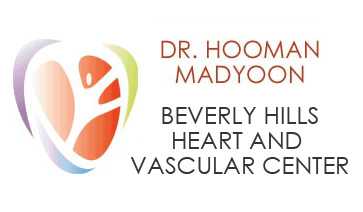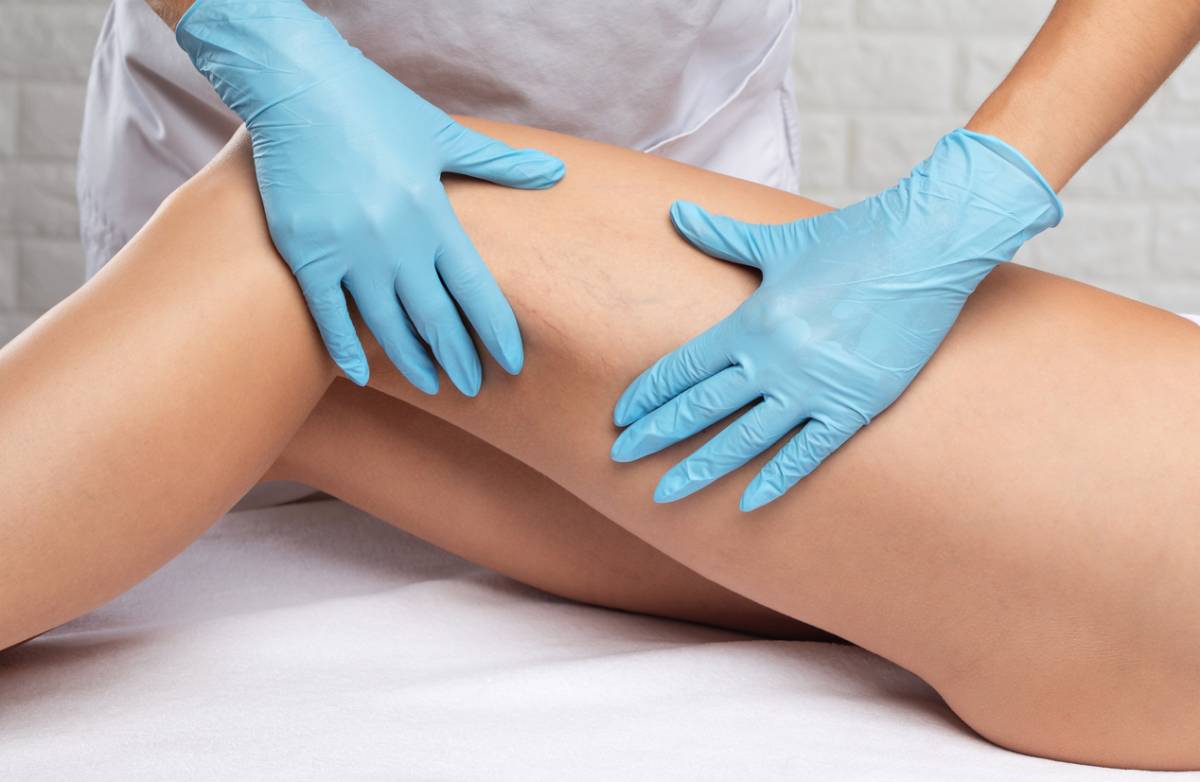Chronic venous disease refers to a number of conditions that impact your veins. The conditions often affect your legs. This is because it can be difficult for your blood to get back to your heart. Common chronic venous disease includes varicose veins, venous ulcers, and chronic venous insufficiency. It is a relatively common condition, as roughly 20% of adults experience the condition. You may wonder, how is chronic venous disease diagnosed? Below, you will find helpful information about the condition and when to consult with a medical professional.
How Is Chronic Venous Disease Diagnosed?
If you experience symptoms of chronic venous disease, it’s important to get an accurate diagnosis. This ensures that you get the proper treatment to address the issue. The diagnosis process involves a few different steps. A cardiovascular specialist will assess your medical history and conduct a physical examination. Additionally, they will likely conduct a duplex ultrasound. These commonly diagnose chronic venous disease. A duplex ultrasound shows how blood moves through your blood vessels. The test is referred to as a duplex ultrasound because it uses both doppler and traditional ultrasound imaging. Both are valuable tools in assessing the health of your veins.
Symptoms of Chronic Venous Disease
There are a number of symptoms associated with chronic venous disease. Consider the following and consult with a cardiovascular specialist if you experience any of the common symptoms.
Swelling:
Swelling in the ankles and lower legs is a common symptom. This is often due to fluid retention and is most obvious at the end of the day.
Leg Pain:
Aches and pains in your leg are a common symptom of chronic venous disease. The pain is similar to cramping and can make your legs feel heavy. Sitting or standing for too long can exacerbate the issue.
Varicose Veins:
The presence of varicose veins is a symptom of the condition. Varicose veins are enlarged veins that may appear twisted and dark. They are underneath your skin and can be unsightly due to their visibility.
Itching:
An itching or burning sensation in your legs can be a sign of chronic venous disease. This is often around the affected veins.
Throbbing:
If you notice a throbbing or pulsing sensation, it can be a sign of chronic venous disease. The throbbing and pulsing is often around the affected area and can get worse after standing for too long.
Risk Factors of Chronic Venous Disease
There are several factors that increase your risk of chronic venous disease. If any of the following apply to you, consult with a medical professional right away.
Obesity:
Excess weight puts pressure on your veins, which can lead to chronic venous insufficiency. Being overweight or obese can impair circulation and negatively impact your veins. Weight management is key in reducing the risk of chronic venous disease.
Age:
Your veins go through natural wear and tear as you age. This can lead to decreased vein function and ultimately lead to chronic venous disease. Work with your medical provider on reducing your risk for the condition as you age.
Genetics:
A family history of chronic venous disease can increase your risk of developing the condition. Due to the strong hereditary component, it’s critical to share your family health history with your medical provider. Taking preventative steps is key to reducing your risk of the condition.
Smoking:
Smoking is unhealthy and increases your risk for a number of harmful health conditions. Nicotine products can weaken the walls of your veins and can increase your risk of chronic venous disease. Avoid smoking due to the harmful impact it can have on your long-term health.

